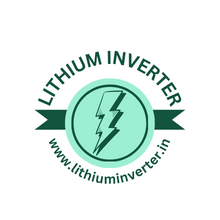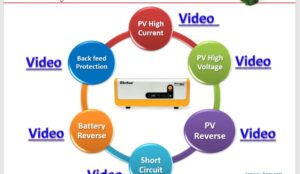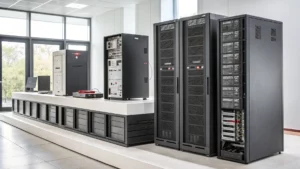What is the difference between NMC and LFP batteries
NMC and LFP are both lithium-ion battery chemistries, but they differ in some key aspects that make them better suited for different applications. Here’s a breakdown of their strengths and weaknesses:

Energy Density:
- NMC (Nickel Manganese Cobalt): NMC batteries boast higher energy density. This means they can store more energy in a smaller size or lighter weight. This makes them ideal for applications where range or portability is crucial, such as electric vehicles and consumer electronics like laptops and phones.
- LFP (Lithium Iron Phosphate): LFP batteries have lower energy density compared to NMC. They might not go quite as far on a single charge in an electric vehicle, for instance.

Safety and Cycle Life:
- NMC: NMC batteries may have slightly lower thermal stability and shorter cycle life. This means they might be more prone to overheating and degrade faster over time, needing replacement sooner.
- LFP: LFP batteries shine in safety and cycle life. Their superior thermal stability makes them less likely to catch fire, even at high temperatures. Additionally, LFP batteries can undergo many more charge and discharge cycles before losing significant capacity, translating to a longer lifespan.
Other Considerations:
- Cost: LFP batteries are generally less expensive than NMC due to the materials used.
- Environmental Impact: LFP batteries are considered more environmentally friendly because the materials are more abundant and less toxic.
Here’s a table summarizing the key differences:
| Feature | NMC Battery | LFP Battery |
|---|---|---|
| Energy Density | Higher | Lower |
| Safety | Lower | Higher |
| Cycle Life | Shorter | Longer |
| Cost | More Expensive | Less Expensive |
| Environmental Impact | Lower | Higher |
In conclusion, NMC batteries prioritize power and range, while LFP batteries prioritize safety and longevity. Choosing between them depends on your specific needs. NMC might be better for electric vehicles where long range is desired, while LFP could be a better fit for stationary energy storage or applications where safety is paramount.




